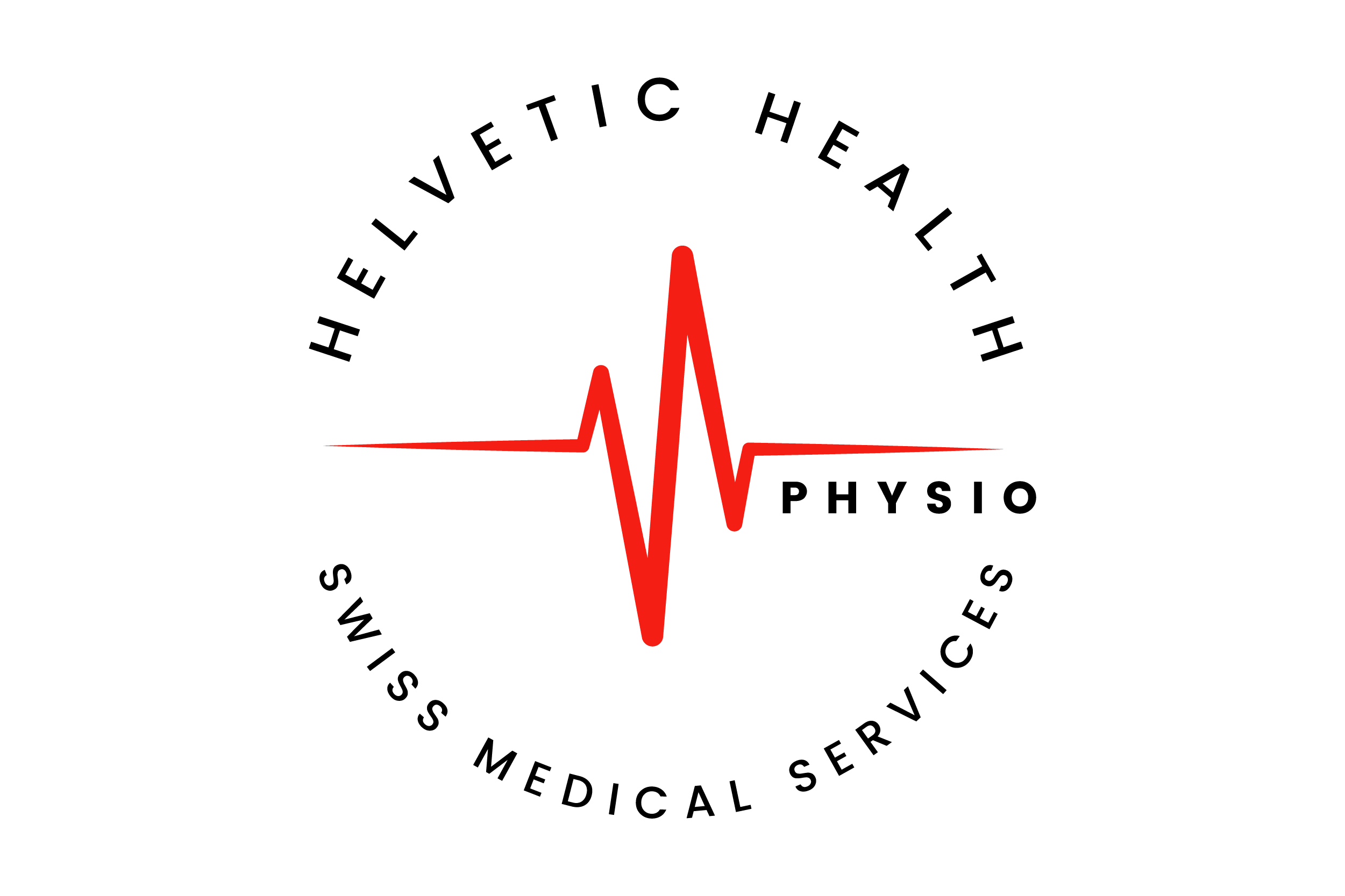What is the Fascial Distortion Model (FDM)?
The Fascial Distortion Model is a therapy concept that emphasizes the importance of fascia in the development and treatment of pain. Fascia is the connective tissue in the body that surrounds muscles, bones, nerves, and organs. The FDM is based on the idea that fascial distortions are the main cause of various pain conditions.
The Fundamentals of the Fascial Distortion Model
The Fascial Distortion Model includes six specific distortion patterns that can occur due to injuries or muscular dysfunctions. Each pattern is diagnosed based on characteristic features and symptoms, requiring an individualized treatment strategy. Our experienced therapists are specially trained to recognize these distortion patterns and offer effective treatments.
The Different Fascial Distortions in the Fascial Distortion Model
The Fascial Distortion Model identifies six specific fascial distortions that indicate injuries or muscular dysfunctions. Each distortion has its own characteristic features and symptoms. Here’s an overview of the six distortions:
Triggerband: This pattern manifests as tight, hardened fascia that can act like a trigger point. It often causes local pain and restricted movement.
Herniation: In this distortion, there is a bulging or protrusion in the fascia, similar to a herniated disc. It can lead to pain and numbness along the herniated region.
Fold: This distortion involves the formation of fascial folds that can cause pain and movement impairments. This pattern often occurs in joints.
Continuum: This distortion is characterized by uneven tension in the fascia along a structure or body part. It can result in pain and reduced mobility.
Cylinder: Here, there is a twist or displacement of the fascia around an axis, leading to pain and functional limitations in the affected region.
Tectonic: This distortion is caused by a change or shift of the fascia in different planes. It can cause local pain and functional impairments.
Our experienced therapists are trained to identify these fascial distortions and plan targeted treatments tailored to your individual needs. By specifically addressing the particular distortions within the framework of the Fascial Distortion Model, we can achieve effective pain relief and functional restoration.
How does the Fascial Distortion Model work?
Within the Fascial Distortion Model, manual techniques and targeted movements are used to release fascial distortions and restore normal function. This can enable rapid and sustainable pain relief, improved mobility, and performance. Customizing the treatment to each patient’s specific needs is a central aspect of FDM.
Application Areas of the Fascial Distortion Model in Physiotherapy
The Fascial Distortion Model can be successfully applied to various pain conditions and injuries. It has proven particularly effective for back and neck pain, joint issues, sports injuries, headaches, and muscular dysfunctions. In our physiotherapy practice, we offer targeted FDM treatments to provide you with effective pain relief and faster recovery.
FDM: A Holistic Approach to Pain Treatment
The Fascial Distortion Model takes a holistic approach to pain treatment. Instead of solely focusing on symptoms, our practice views the body as an integrated system. By identifying and treating the underlying fascial distortions, we aim to address the root cause of pain and achieve long-term results.
Indications for the Application of the Fascial Distortion Model
The Fascial Distortion Model is suitable for people of all ages and activity levels. Whether you’re a passionate athlete, experiencing recurring pain, or recovering from an injury, FDM can help you. Our specialized therapists analyze your individual situation and develop a tailored treatment plan.
The Various Techniques of the Fascial Distortion Model
The Fascial Distortion Model encompasses a variety of techniques used to treat fascial distortions. These include manipulations, stretches, compression, and separation techniques, among others. Each technique is carefully adapted to your needs to achieve optimal effectiveness.

